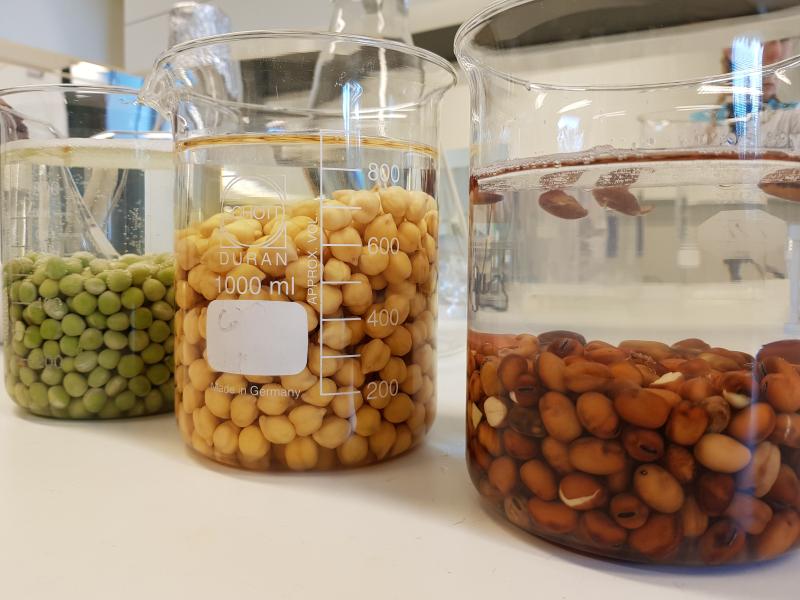In the future, safe and healthy food should be produced for more and more people and more and more sustainably. Natural Resources Institute Finland (Luke) and its partners are looking at microbes to find sustainable solutions for different stages of food production in an EU-funded project that will be completed next autumn.
Globally, food production is challenged by both climate change and population growth. There is less and less arable land, but there is a growing need for safe and healthy food. At Luke, solutions are sought from microbes.
Microbes offer various benefits to the production of food and feed and also to farming and the processing of side streams. These benefits are the focus of the international, five-year project SIMBA (Sustainable Innovation of Microbiome Applications in Food System) coordinated by Luke, the last year of which is underway.
The SIMBA project studies how microbes can promote the growth and quality of field crops and algae. The project also studies how microbes help produce healthier and more easily digestible food and fish feed.
The foundation is old. Microbes have been brought to the fields throughout the ages with nutrients such as manure, and foods such as yogurt, bread and sauerkraut have been prepared with the help of microbes by fermentation. The SIMBA project focuses on finding out which microbiomes, or microbial mixtures, are best suited for each purpose and how they should be manufactured and used. At the same time, researchers are looking for new, sustainable ways to use microbes in both farming and food production.
“At best, the use of microbes could revolutionize farming. For example, if potatoes could be grown in salty soil, it would mean that seawater could be used for irrigation in areas that are currently unsuitable for cultivation. We are also working on this in the project,” says Anne Pihlanto, principal scientist at Luke, who is coordinating the project.
The most suitable research group for each stage of the value chain
Pihlanto considers the value chain of fish farming to be a good example of a flexible division of labor in a large international research project.
“We, at Luke, took the task to utilize recycled raw materials in feed development, while our partner started to develop fish feed by fermenting side streams of the food industry. Our experts, in turn, study the effects of the feed on fish growth and health at Luke’s experimental facility.”
Finally, life cycle assessment experts at Luke evaluate the sustainability of the entire value chain and compare it to the sustainability of fish feeds containing soy.
“It is interesting to compare not only the environmental effects but also the social impact that the use of soy and side streams have, starting with the working conditions of the farmers.”
Easily digestible foods from broad beans and lentils
Luke’s food scientists chose excellent sources of protein as raw materials for food development: broad beans, peas and lentils. These all contain antinutrients, i.e. substances that impair the absorption of nutrients, and also harmful substances that cause, for example, stomach upsets for some eaters.
“We aim to reduce the amount of harmful substances by fermenting raw materials with different strains of lactic acid and propionic acid bacteria. We also combined raw materials with oats and developed various preparations such as raw porridge and yogurt,” Pihlanto says.
Luke’s researchers are currently evaluating the composition and digestibility of the foods they have developed, while one of Luke’s partners is focusing on scaling up the production.
“We have tested the taste in many stages. Surprisingly, the same bacterial strain can affect different raw materials in very different ways. The taste of one becomes clearly better, the other worse.”
Text by Marianna Salin


